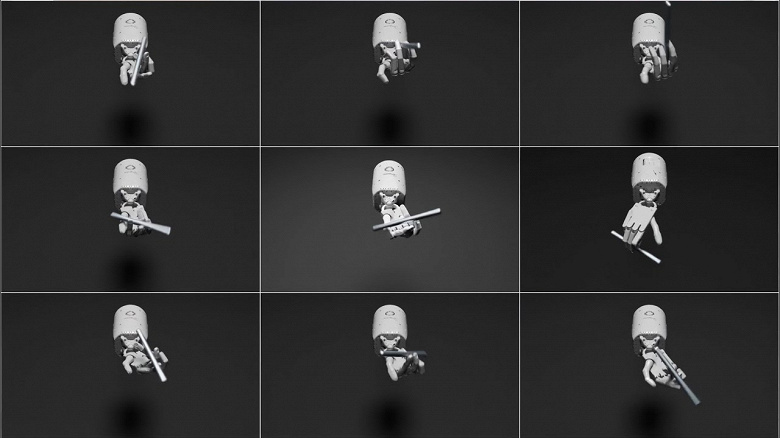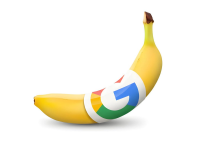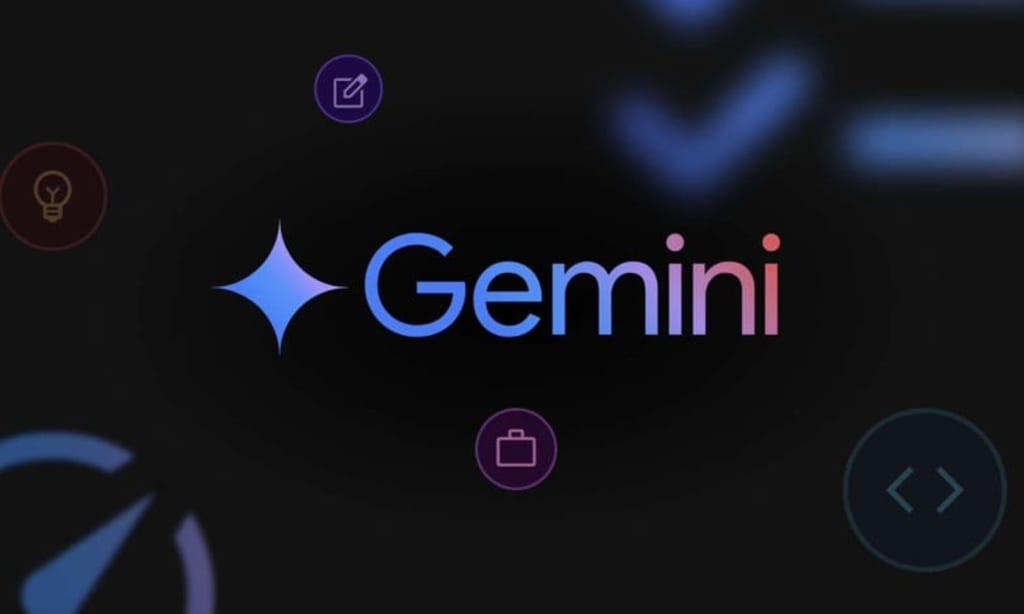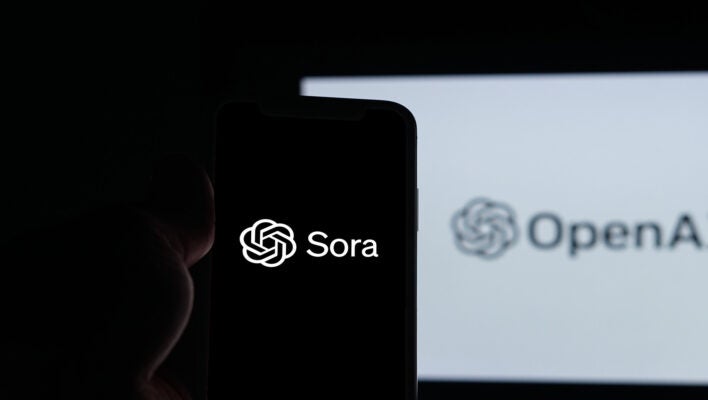Eureka teaches more effectively than a human
Well, the moment has come when artificial intelligence began to train robots. Nvidia has developed an AI agent called Eureka, which can teach robots complex motor skills.

For example, Eureka taught a robotic hand pen spinning—quickly juggling the handle with its fingers. Of course, a virtual model of the robotic arm was trained, but that doesn’t matter.
In total, Nvidia’s AI agent taught the robots nearly 30 different tasks, including opening cabinet doors, throwing and catching a ball, and so on. Some of these actions may seem very simple, but this is only because we know how to do them automatically and without thinking.
Eureka relies on the GPT-4 language model. Training took place in the Nvidia Isaac Gym physics simulation application.
Reinforcement learning has made impressive advances over the past decade, but many challenges still exist, such as reward design, which remains a trial-and-error process. Eureka is the first step towards developing new algorithms that combine generative and reinforcement learning techniques to solve complex problems
Artificial intelligence has been created that trains robots.
It is important to note that the efficiency of Nvidia’s AI agent is very high. The press release said that Eureka’s reward programs, which allow robots to learn through trial and error, outperform programs written by experts on more than 80% of tasks. This results in an average increase in bot performance of over 50%.
The AI agent uses the GPT-4 language model and generative AI to write code that rewards robots for reinforcement learning. It doesn’t require task-specific prompts or predefined reward templates and easily incorporates people’s feedback to change rewards to produce results that more closely align with the developer’s vision.
Using GPU-accelerated simulation in Isaac Gym, Eureka can quickly assess the quality of large batches of reward candidates for more efficient training. Eureka then compiles a summary of key statistics from the training results and instructs the language model to improve the generation of reward functions. Thus, AI improves itself. He has taught all kinds of robots – quadrupeds, bipeds, quadcopters, dexterous robots, manipulator cobots, and others – to perform a variety of tasks




